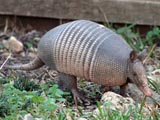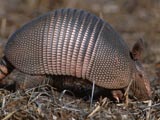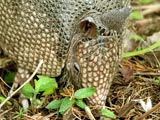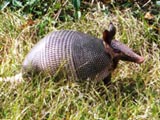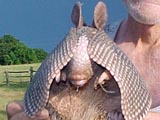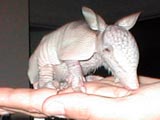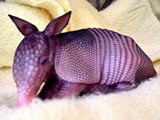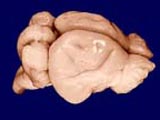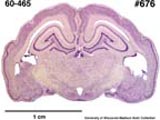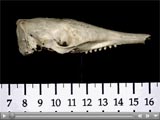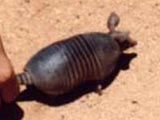Amazing secret tips and techniques that can leave with a more radiant and glowing complexion to not just look younger but also feel younger and healthy.
1. PROPER SLEEP

Sleep for at least 8 to 9 hours daily. Sleep is a time when the body rests, rejuvenates, replenishes, and regenerates. Particularly in the second stage of sleep called Delta sleep, which accounts for approximately one-third of the night, hormone levels peak and at this point cell repair takes place. That means any damage that has been done to the skin that could contribute to premature aging is repaired here. All stages of sleep are also responsible for dissolving free radicals – notorious for their contribution to early aging.
2. KEEP YOUR SKIN HYDRATED
There are times when lack of hydration kills the element of beauty from your skin. What you need to understand is that the skin cells are made up of water. This is the key reason that they also need hydration from time to time so you need to drink plenty of water. Wash your face with a gentle soap; Always use a toner and most important: don’t forget the moisturizer.Eat beans and lentils Legumes are a fabulous source of minerals that can help keep your skin hydrated and looking young.While washing your face, don’t use soap. Not only soap makes your skin dry but will also eventually leave you with permanent wrinkles. Always go for a gentle face cleanser to get sticky dirt and oil that our skin produces throughout the day and during sleep.Milk is good for the skin because of its hydrating properties, which promote moisture and prevents dryness. It helps reduce skin darkening brought about by the wear and tear of aging. Milk contains essential proteins, amino acids, and vitamin A that nourish the skin.
3. NIGHT TIME IS THE BEST TO PAMPER OUR
SKIN
Our skin’s ability to absorb active ingredients from skin care products is greatest at night. This makes bed time the best time to nourish your skin with anti ageing properties.
4.WATER CONSUMPTION WILL IMPROVE SKIN
Drink at least 12 glasses each day. Not only will these keep you healthy, but will leave a radiant glow on your skin which will make you look younger.
5. Nutritious food for healthy skin
Top 11 anti aging food items :
- Blueberries
- Dark Chocolate
- Nuts
- Figs
- Collagen Protein
- Chaga Mushrooms
- Salmon
- Bone Broth
- Maca
- Avocado
- Turmeric
- Topical calcium products provide anti-aging benefits and enhance skin cancer protection. Calcium is an extremely powerful tool for skin rejuvenation.Taking a daily supplement of vitamins especially E and C and antioxidants tablets can help a lot in creating that healthy and younger looking skin.
6. DRINK GREEN TEA
A Chinese study showed that men, who consumed green tea, had their cells aging at a much slower rate than the men who didn’t.Green tea, being an excellent antioxidant moisturizer, can cleanse your skin and make it radiant.EGCG in green tea was also found to reduce inflammatory conditions in rheumatoid arthritis without interfering with other cellular functions.
7.AVOID LOOKING DOWN AT YOUR COMPUTER SCREEN.

Accelerated fine lines, wrinkles, frown lines, turkey neck, deep wrinkles, and jowls-- In fact, office workers were the most likely to show signs of premature aging.Wrinkles are simply a crease in your skin and looking down causes wrinkles. Bring the screen up to eye level or lower your office chair so you are looking up, and yes keep those shoulders erect
8.EXERCISE DAILY
Exercise stresses the muscles, which in turn produces a protein that moves across the blood-brain barrier and stimulates the brain, causing the hippocampus to grow.
"The outward manifestations are less joint pain, less bone loss, less wrinkles, more mobile ability. By changing that it changes how you look—you're standing more upright, you're walking with more intention and less pain,.30 minutes of moderate exercise every day can go a long way in stopping that ageing process.Go for a morning jog, learn swimming or do cycling. Soaking up the early sun not only livens up your mood but the fresh oxygen to your lungs will also make your stay young much longer.
9. PROTECT YOUR SKIN FROM SUN
UV exposure may account for up to 80% of visible signs of aging in the skin including dry appearance, scalping, wrinkling and impaired pigmentation, and photoaging correlates with cancer risk.Recent study done by American College of Physicians ( ACP) finds that regular use of sunscreen protects against photoageing: the wrinkling, spotting and loss of elasticity caused by exposure to the sun's ultraviolet radiation
10.MEDITATE
Meditation has proven to be one of the best anti-aging agent today. So meditate often and ask for mental peace because a peaceful life keeps the face wrinkle free and the body healthy .
11.EXFOLIATE YOUR SKIN

One of the most important habit that we should try to induce in our daily routine is exfoliate. Exfoliation is one of the best way to renew your skin. Not only it removes dead skin, unclog pores, it also makes skin more receptive to moisturizer and improves the look and feel of your skin. However, one word of caution: Don’t exfoliate more than once a week especially during winters. It might leave your skin dry and you will end up losing the charm on your skin altogether.




